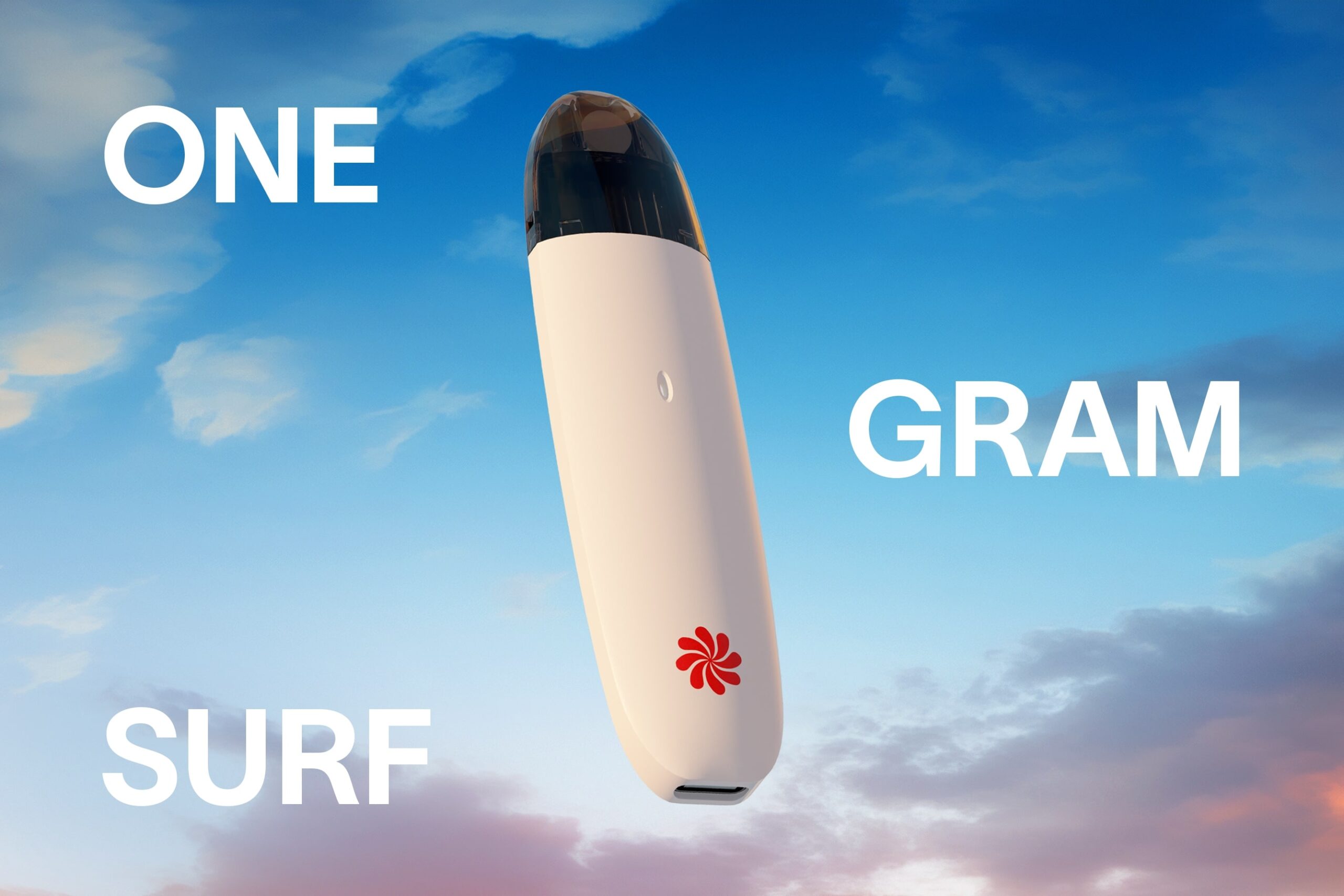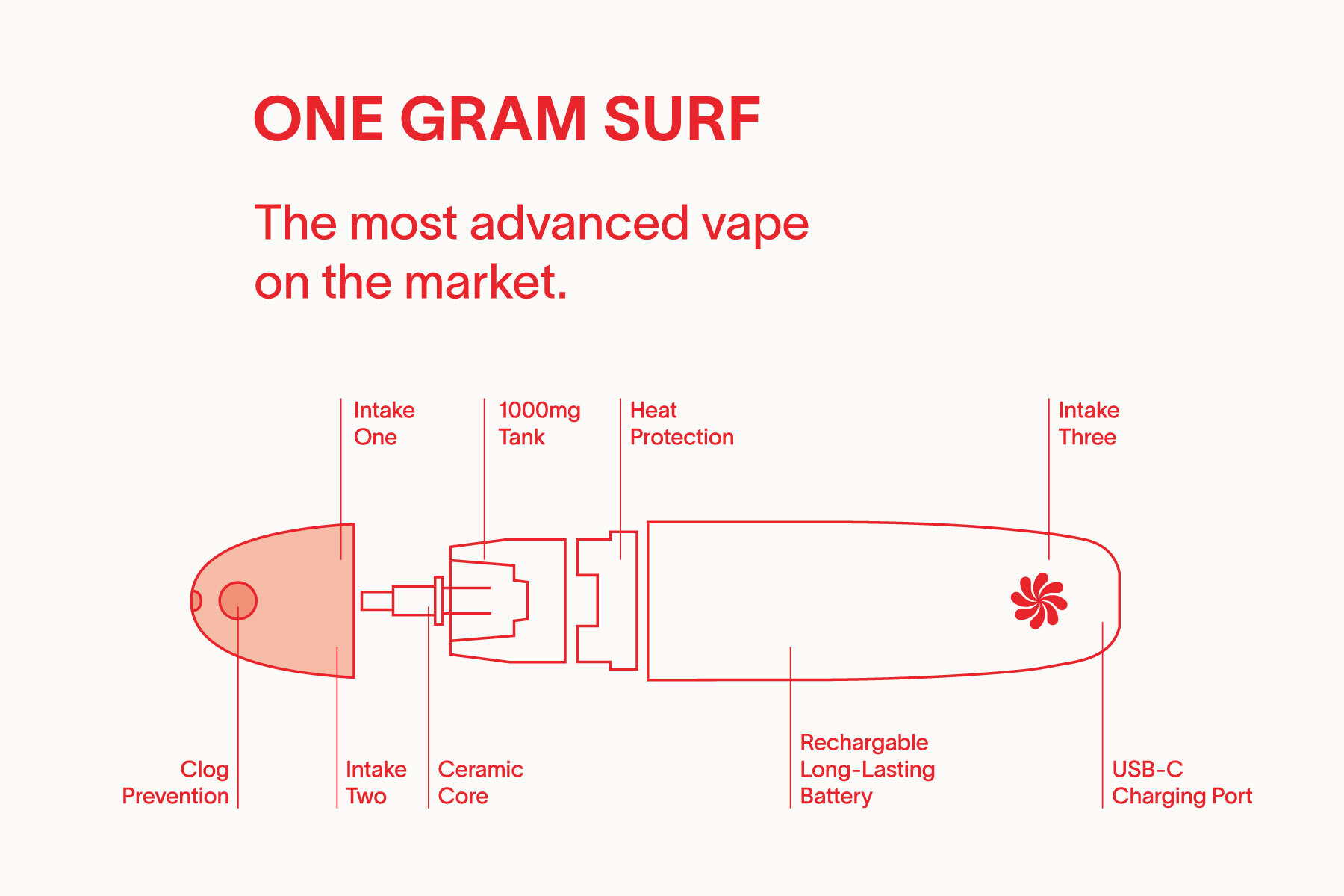If you commute in California, chances are you’ve seen the signs and warnings; “Drive high, get a DUI”. But what exactly does that mean, and how does law enforcement know if you’re under the influence of cannabis? We’re here to help break it down for you!
The Law (CA)
First, it’s important to know what the law is if you’re caught driving under the influence of cannabis. As Leafly explains in their article, each state has their own guidelines and laws regarding cannabis DUI’s, (which is why we HIGHLY recommend checking out their article to find your own state’s law if you do not live in California).
For CA, the law states; “California law carries implied consent of an individual to submit to a chemical test of blood or urine, and makes no exceptions for lawful medical cannabis patients. Failure to submit to a chemical test will result in a fine, mandatory imprisonment in the event of a DUI conviction, and a one-year suspended license. Drivers may choose between a blood or urine test, but do not have the right to consult an attorney before submitting to the test. A refusal to submit to a test is admissible as evidence of guilt in a court of law”.

The Limit
If you’re wondering how much cannabis you can consume and still be considered under the ‘legal limit’ for driving, we’re here to inform you the limit does not exist… yet. Unlike alcohol, there is currently no legal amount or threshold for how much cannabis is allowed in your system while driving. Therefore, any amount of cannabis found in your system while driving is considered illegal. However, this may be subject to change.
For instance, Colorado law specifies that drivers with five nanograms of active THC in their blood can be prosecuted for driving under the influence (DUI). However, no matter the level of THC, law enforcement officers base their arrests on observed impairment.
The Tests
So, what happens if you get pulled over while driving “high”? If a California officer pulls you over and suspects you are driving under the influence of cannabis, their first course of action to verify their suspicions will usually be a field sobriety test. As explained by The Law Offices of Randy Collins, a field sobriety test is a series of physical and mental exercises administered by police during Cannabis DUI investigations to help determine a driver’s level of impairment.
There are a few different types of field sobriety tests, as explained below:
- Horizontal gaze nystagmus test: An officer will move an object, usually their finger, from side to side in front of the driver’s face to detect an involuntary jerking of the eye if intoxicated.
(The National Highway Traffic and Safety Administration (NHTSA) estimates that these tests are 77% reliable.) - Walk and turn test: A suspected offender will be instructed to walk a straight line while the officer watches for loss of balance, inability to stay on the line, or breaks in walking beginning before instructed.
(NHTSA estimates that this test is effective 68% of the time.) - One-leg stand test: Officer will instruct driver to raise one leg, hold still and count. Officer will watch for swaying, hopping, or putting one’s foot down. (NHTSA estimates that this test is effective 65% of the time.)
- Blood, Breath or Urine Test: There is no breath test for cannabis, and blood and urine tests are generally considered inaccurate, but a driver may be required to submit to these tests anyway.
- Saliva Swab Test: This test is now being employed at various checkpoints, takes eight minutes to administer, and can detect trace amounts of THC, as well as crystal meth, methadone, cocaine, and several other prescription meds.
However, there are conflicting reports to the accuracy of the new saliva swab tests as well. “The tests work by detecting trace amounts of drugs in California driver’s saliva, but there can be traces of some drugs in your saliva up to three days after consuming them. This leaves plenty of room for doubt in a courtroom, as it would be nearly impossible to prove without a shadow of a doubt in a courtroom that a person was under the influence of Marijuana at the time they were driving solely based on a saliva drug swab”, according to Collins Law Offices.

The Punishment
If you decide to take the risk (DON’T), here’s what you can expect if you’re caught driving under the influence of cannabis:
- 1st offense: 96 hours to six months in jail, $390 to $1,000 fine, four-month suspended license, offender must complete a DUI program at the person’s cost, $125 license reissue fee, installation of IID.
- 2nd offense (within 10 years): 90 days to one year in jail, $390 to $1,000 fine, two-year suspended license, offender must complete a DUIU program
- 3rd offense (within 10 years): 120 days to one year in jail, $390 to $1,000 fine, three-year suspended license, IID required offender must complete a DUI program
- 4th and subsequent offenses (within 10 years): Imprisonment for 180 days to one year, $390 to $1,000 fine, four-year suspended license, IID required, offender must complete a DUI program
It Is Also Illegal to…
- Smoke or ingest any cannabis products while behind the wheel.
- Drive with any marijuana that is not in a container, or is in a container that has been opened or has a broken seal.
- Drive in possession of more than the legal amount of marijuana (In CA this is 28 grams of flower and 8 grams of concentrate).
- Drive in possession of marijuana for people under 21.
The Bottom Line
Although there is currently no 100% effective way to determine if someone is driving under the influence of cannabis, it is still completely against the law and unsafe to do, regardless of whether you are using cannabis for medical reasons or recreationally. Our team here at Bloom advises all of our consumers to smoke responsibly and not to operate any motor vehicles or heavy machinery after vaping. Uber and Lyft safe friends!





